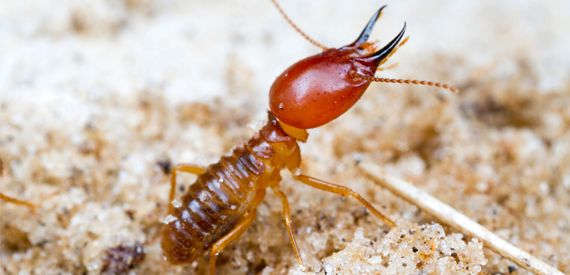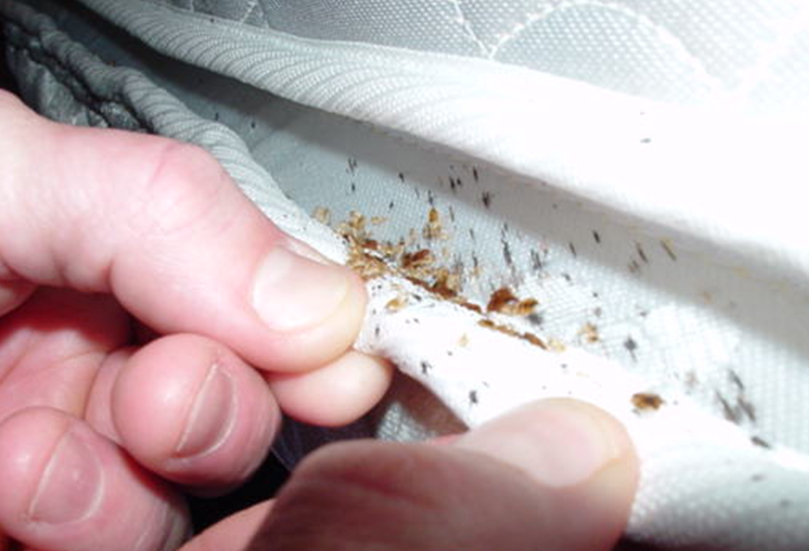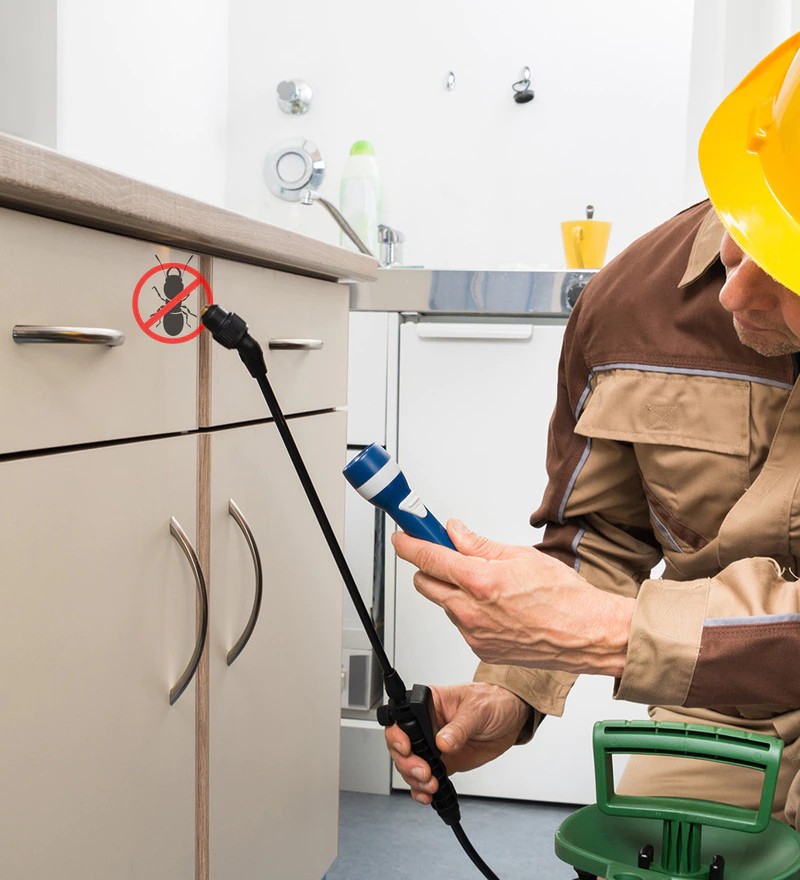Termites, often referred to as “silent destroyers,” are a homeowner’s nightmare due to their ability to cause significant and costly structural damage without showing immediate signs. These wood-eating insects can weaken the integrity of a building over time, leading to costly repairs and potential safety hazards. For quick remedies, you must consult Pest Controllers in Perth. In this blog post, we’ll delve into the world of termites, the types of damage they can cause, and proactive measures you can take to prevent their destructive impact.
Understanding the Threat of Termites
Termites are small, social insects that feed on cellulose-containing materials, primarily wood. They are found in virtually every part of the world and play an important role in breaking down dead plant material in natural ecosystems. However, when termites infiltrate human structures, they become a major concern.
Types of Termite Damage
- Structural Damage: Termites can weaken the structural integrity of a building by consuming wooden components like beams, joists, and even furniture. This damage can compromise the stability of the entire structure.
- Cosmetic Damage: Termites can damage the surface of wood, creating grooves and tunnels that mar the appearance of wooden surfaces. This can be particularly problematic for aesthetic elements like wooden flooring and paneling.
- Insulation and Wiring Damage: Termites may chew through insulation materials and wiring, creating potential fire hazards and leading to energy inefficiency.
- Financial Impact: The costs associated with repairing termite-induced damage can be substantial, often requiring extensive renovation and even relocation during repairs.
Preventing Termite Infestations
- Regular Inspections: Regular inspections by professionals are crucial to detect termite activity before it causes significant damage. A trained eye can spot subtle signs that might go unnoticed by homeowners.
- Keep Wood Away from Soil: Termites thrive in moist environments. Ensure that wood materials, such as firewood and lumber, are stored away from direct contact with soil and moisture sources.
- Maintain Proper Drainage: Proper drainage and grading around your property can help prevent excess moisture buildup near the foundation, reducing termite attraction.
- Seal Cracks and Openings: Seal cracks, gaps, and openings in your home’s foundation and exterior to prevent termites from entering. Pay special attention to areas where utility lines enter the building.
- Use Termite-Resistant Materials: When building or renovating, consider using termite-resistant materials like pressure-treated wood, concrete, or steel. These materials are less appealing to termites and can provide an added layer of protection.
- Eliminate Moisture Sources: Fix leaky faucets, pipes, and roof leaks promptly. Termites are drawn to moisture, so eliminating these sources can help deter them.
- Professional Treatments: If your property is in an area prone to termites, consider professional preventative treatments. These treatments create a barrier that deters termites from entering your home.
Conclusion
Termite troubles are not to be taken lightly. These pests can silently wreak havoc on your property’s structural integrity, leading to expensive repairs and potential safety hazards. Understanding the signs of termite activity, practicing proactive prevention measures, and seeking professional assistance when needed are essential steps in protecting your home from the damaging effects of termites. By taking these precautions, you can ensure the longevity and safety of your property while avoiding the costly consequences of termite infestations.
Read More: Natural Ways To Control Bed Bugs.





